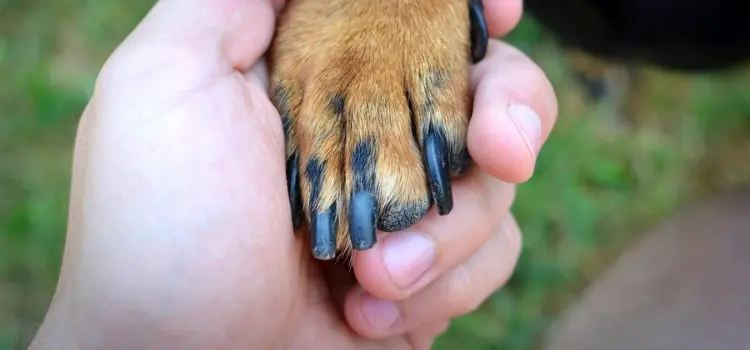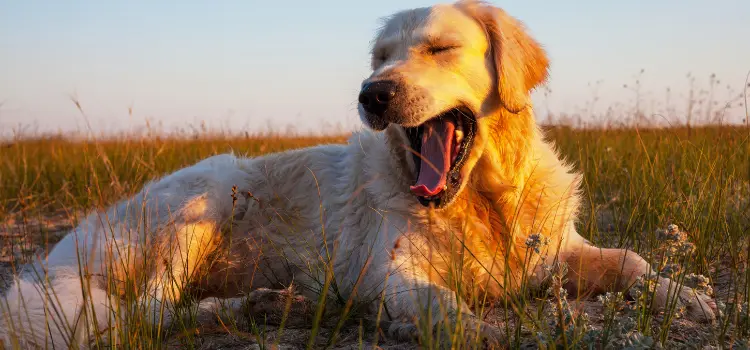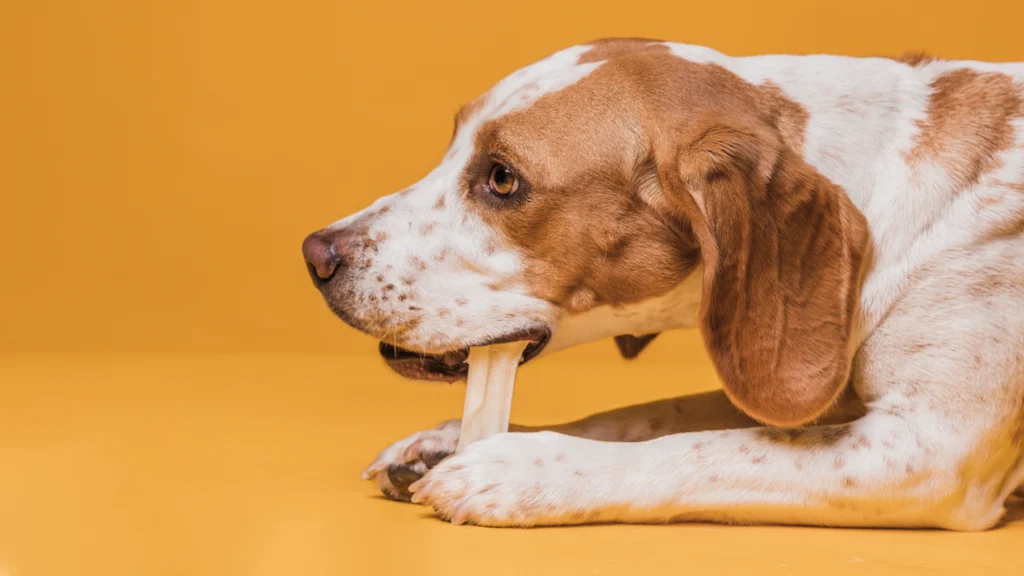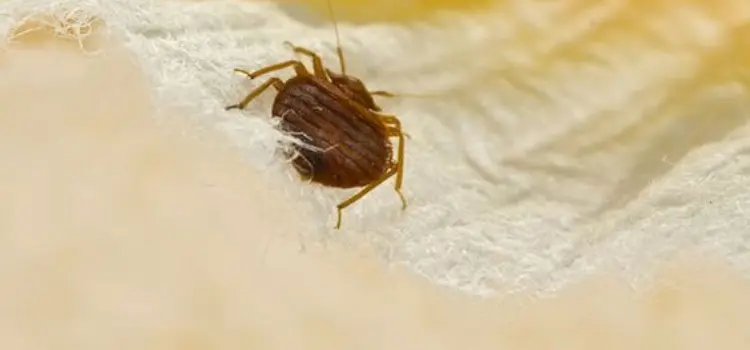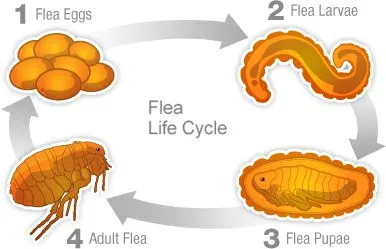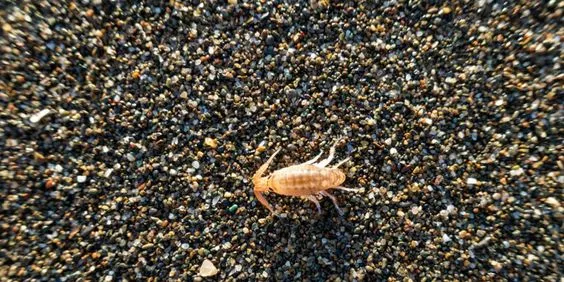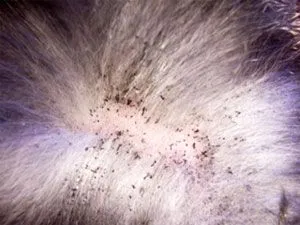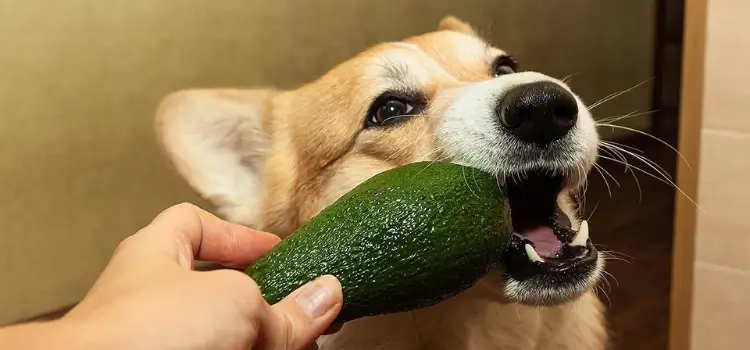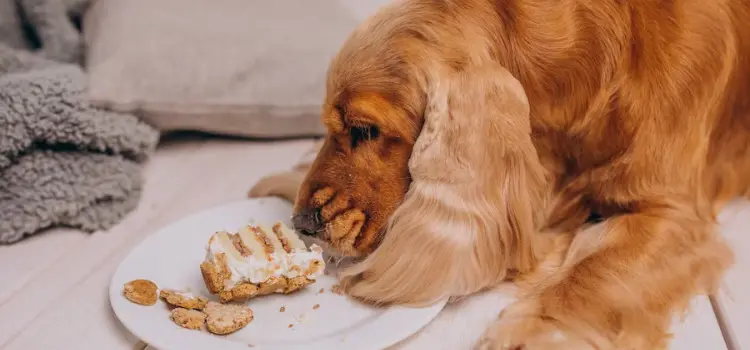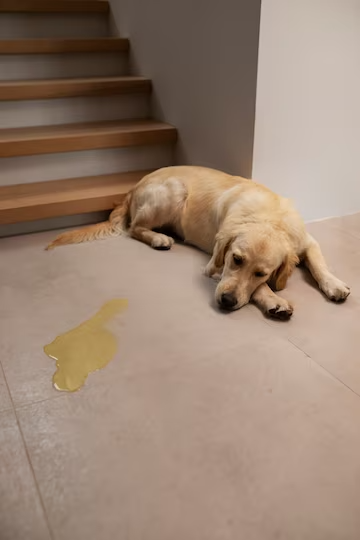Trimming Your Dog’s Nails
As pet parents, we know that distinctive tap-tap-tap of our dog’s nails against the floor, a sound that’s as familiar as our own heartbeat. But beyond this auditory cue, nail care is a crucial aspect of your canine companion’s overall well-being. Long nails not only affect your dog’s appearance but also play a pivotal role in their comfort and health. We’ll take you through the expert steps of how to cut your dog’s nails like a pro, ensuring their happiness and pain-free existence.
How Often Should You Cut Your Dog’s Nails?
A general guideline is to trim your dog’s nails approximately once a month. However, it’s essential to note that individual needs may vary. Dogs who spend a lot of time walking or running on pavement tend to naturally wear down their nails and may require less frequent trimming. Conversely, indoor or grass-loving dogs may need more regular nail maintenance, with nail trimming every couple of weeks to maintain optimal length.
Neglecting nail care can lead to more than just aesthetics – it can affect your dog’s comfort. The quick, which is the vein inside your dog’s nail, can grow longer with neglect. This means that, without regular trimming, you may find it challenging to achieve the desired nail length in the future.
When Are a Dog’s Nails Too Long?
Recognizing when your dog’s nails are too long is pivotal for their well-being. Look out for these signs:
- Audible clicking when your dog walks on hard surfaces or the sidewalk.
- A long, slender curve extending from the nail.
- Nails that extend significantly beyond the quick, which is more visible in dogs with white nails.
Consequences of Prolonged Nail Length
Long nails can have detrimental short-term and long-term effects on your dog’s health and comfort.
Short-Term Effects:
- Pain and Discomfort: Long nails can cause each toe to press up or twist to the side, leading to pain when your dog walks.
- Injury Risk: Nails can grow into the paw pad, potentially causing pain and increasing the likelihood of infection.
- Snagging Hazard: Long nails can easily get caught in carpet, blankets, and even your dog’s collar.
Long-Term Effects:
- Quick Overgrowth: If left unchecked, the quick can grow longer, making it increasingly difficult to trim your dog’s nails to the desired length.
- Arthritis: Chronic long nails can contribute to arthritis in your dog’s feet.
- Joint Problems: The unusual stance caused by walking with long nails can lead to various joint problems over time.
How to Cut Dog Nails:
1. Gather Supplies
Before you embark on your dog’s nail-trimming journey, gather these essential supplies:
- Dog treats: To reward your pup for their cooperation.
- Styptic powder: Such as Miracle Care Kwik-Stop, or cornstarch/flour to stop bleeding in case of accidental cutting.
- Nail clippers or a nail grinder: Choose the tool that suits your comfort and your dog’s needs.
- An extra pair of hands (optional): Sometimes, having an extra set of hands to assist can be valuable.
- Calm nerves and lots of patience: Remember, patience is key in this process.
Types of Nail Grinders and Clippers
There are several types of tools for cutting your dog’s nails, each with its advantages and considerations:
- Guillotine style clippers: These clippers have a hole through which you insert the nail. They tend to stay sharp longer but may be more challenging to use.
- Scissors style clippers: They resemble small scissors with divots toward the end of each blade, making them suitable for small dogs and puppies.
- Pliers style clippers: Resembling scissors style clippers but with a spring, they are sturdier and more suitable for large, thick nails.
- Nail grinders: These electric tools file your dog’s nails while making it easier to avoid hitting the quick.
2. Ease Your Dog Into It
If your dog has never experienced a nail trim before, take it slow with the following steps:
- Let your dog sniff the nail clippers or grinder, then reward them with a treat.
- Turn on the nail grinder or cut a dry spaghetti noodle to acclimate your dog to the tool’s sound, then reward them.
- Start with one nail at a time and provide a treat as a reward.
- Begin by trimming just one nail per day initially, gradually increasing the number as your dog becomes more comfortable.
3. Pick Up the Foot
Choosing how to hold your dog’s paw is critical for a successful nail trim. You can opt for either of these techniques:
- Sit to the side of your dog, reach under and around their arm to hold the paw. This position allows you to use your free hand for trimming with clippers.
- Alternatively, sit behind your dog and gently flip their paw backward, exposing the bottom of the foot. This approach offers a clear view of the nail while keeping your dog’s leg in a natural position.
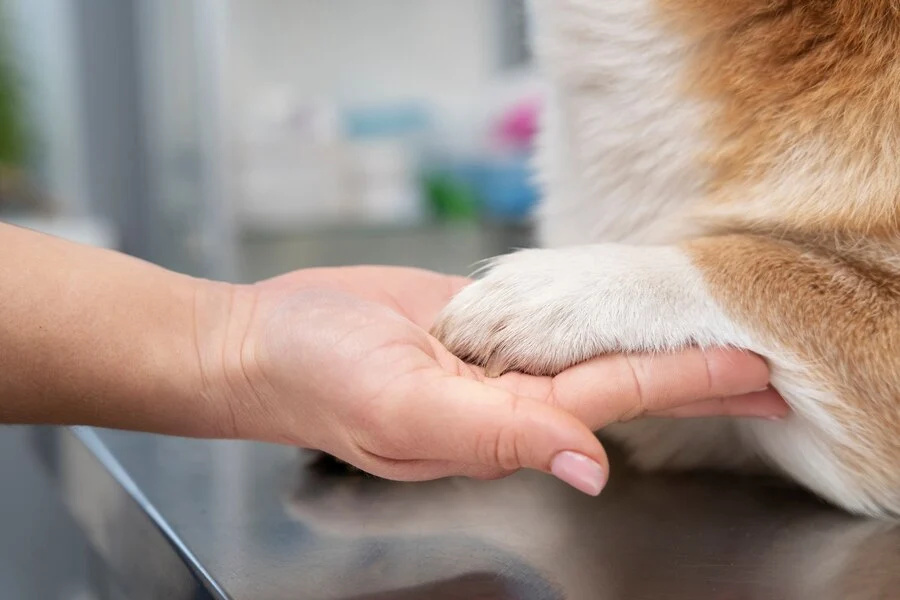
4. Isolate the Nail to Cut
Before you begin cutting, decide which toe to start with and expose the nail. If your dog has furry feet, ensure you push or trim the hair away for visibility, especially when using a nail grinder. Keep in mind that nail grinders can grab fur and pull, which can be uncomfortable for your dog.
Place your forefinger on the toe’s pad and your thumb on the top of the toe, just above the nail. Push your forefinger up and backward on the pad while pushing your thumb forward to extend the nail away from the foot.
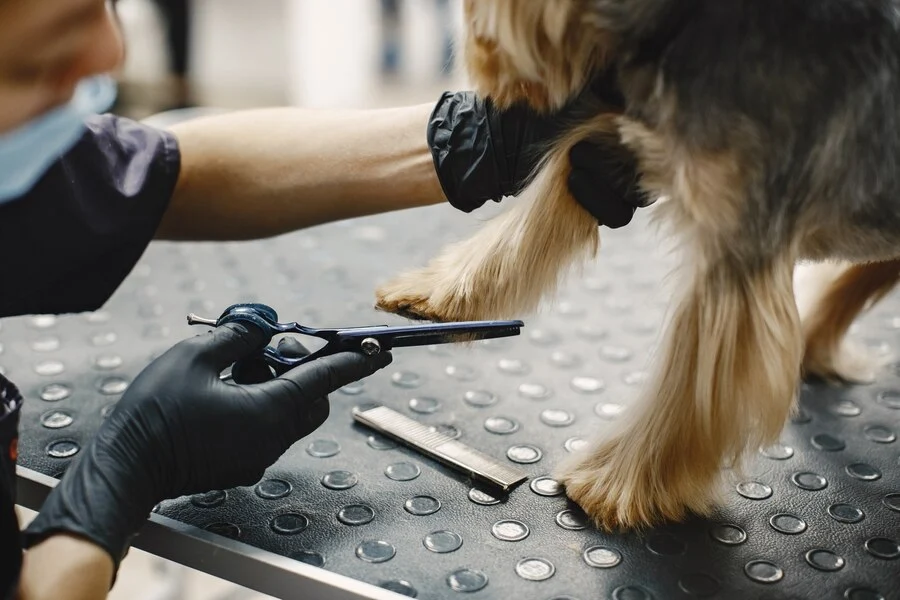
5. Decide Where to Cut
The objective is to trim your dog’s nails as short as possible without causing them to bleed. Here are some tips to avoid the quick:
- For white nails, aim to avoid cutting the pink part.
- On most nails, the section you can safely trim is thinner than the rest of the nail.
- When cutting black nails, trim in small increments. As you approach the quick, the inner part of the nail will appear chalky and white. Stop when you see a black dot in the middle of the white area, as that marks the end of the quick.
What Happens if I Cut the Quick?
Accidentally cutting your dog’s quick can be painful and result in bleeding. Even professional groomers may encounter this issue, so don’t be too hard on yourself if it happens. To address this situation:
- Have cornstarch, flour, or styptic powder on hand to stop the bleeding. Styptic powder can also help alleviate pain because it contains Benzocaine.
- To clean blood from your dog’s fur, use hydrogen peroxide on a cotton ball – it’s safe and effective.
6. Cut at a 45° Angle
When trimming your dog’s nails, ensure that the cut edge runs parallel to the floor. To achieve this, cut at a 45° angle instead of straight across.
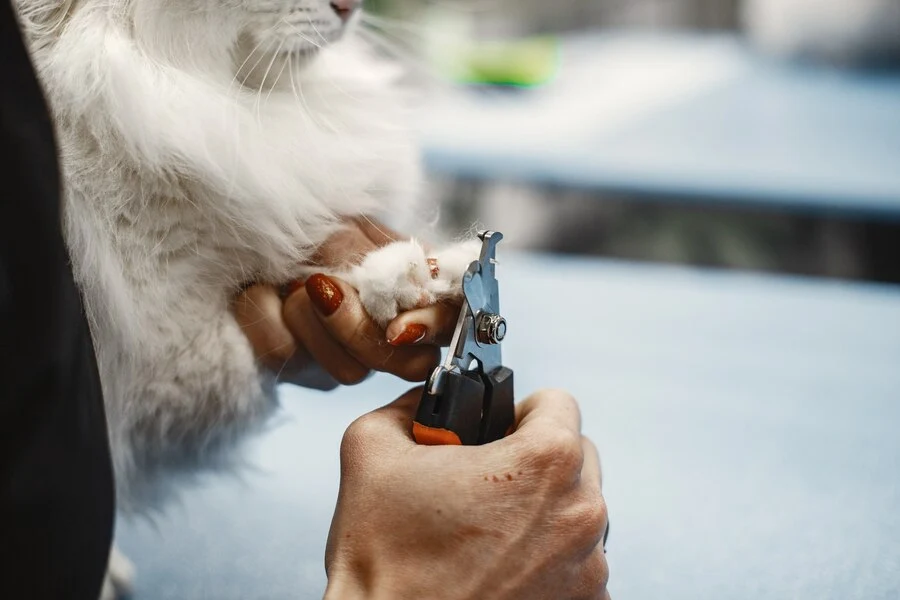
7. Don’t Forget the Dewclaws!
Most dogs have dewclaws on the inside of their front legs, positioned a bit further up the leg than the other toes. These claws are loosely attached and require attention during nail trimming. Certain breeds, such as Saint Bernards and Great Pyrenees, even have double dewclaws on their back legs. Be sure to check all four feet for dewclaw trimming needs.
8. Nail Grinding
You can choose to exclusively grind your dog’s nails or use it as a finishing touch after trimming with another tool. When using a nail grinder:
- Hold it towards the top for better control.
- Ensure that hair is out of the way – both your dog’s fur and your hair if it’s long.
- Apply light to medium pressure in short strokes to monitor the process and look for a pink dot on white nails or a black dot on dark nails in the middle of the nail tip.
- If your dog’s nails are thick and you know the quick is far back, you can apply more firm pressure, but be cautious and vigilant about the proximity to the quick.
9. Reward Your Dog
Always conclude the nail-trimming session with a reward for your dog. This positive reinforcement helps your furry friend associate nail care with something enjoyable. Whether it’s a treat, playtime, or a favorite toy, make it a pleasant experience for your dog.
Now that you have mastered the art of trimming your dog’s nails, you’re well-equipped to maintain a regular nail-trimming schedule. This practice is essential for your pup’s health, happiness, and overall comfort. Ensure that your dog’s nails are always at the ideal length, promoting a pain-free and joyful existence. Your canine companion will thank you with each tap-tap-tap of their perfectly groomed nails on the floor.
Incorporate these expert tips and techniques into your dog’s grooming routine to ensure their nails are always at the ideal length, promoting a pain-free and joyful existence. Your canine companion will thank you with every confident step they take.

